I first became interested in baking, specifically bread making, while touring a commissary for the restaurant I worked for. During my visit, the kitchen lead explained to me that they were having an issue with their “mother dough.” I love learning different recipes, so I was immediately interested in knowing about everything he was talking about. Does the dough really have a mother? Wait, the dough is a living thing, that you feed?! What the what? My head was spinning with questions and concerns. I never knew that making Artisan Sourdough Bread was an artform!
Since this experience, I’ve learned a little more about breadmaking and specifically about sourdough. King Arthur Flour is a fantastic resource for baking and breadmaking, my friend—that was kind enough to give me a sourdough starter—turned me on to their site and it’s full of great information!
If you happen to have friends that bake or dabble in bread making, consider yourself lucky! On my journey to my first bread making experience, I lamented over acquiring a sourdough starter or piece of “mother dough.” I knew I could make my own starter using a few separate ingredients. But is that better? I was so grateful to be gifted a starter in the end. This started me on my path to an Artisan Sourdough Bread Recipe of my own!
The basics for sourdough are this: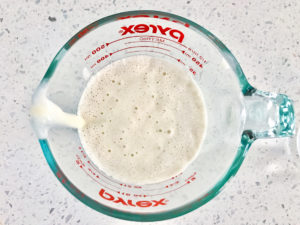
- Sourdough is fermented and used to start the next batch. This is a ‘leaven’ or ‘starter’ and is used instead of fresh yeast.
- When flour mixes with warm water, it attracts bacteria, including wild yeast. The living bacteria create/ expel by-products that allow the dough to rise.
- Bacteria from our (your) environment break down makeup of the flour, turn complex carbs into sugars, which the yeast feed on. This process produces a gas (CO2) and causes the dough to expand. Depending on your breadmaking environment your bacteria and yeast will behave differently. That’s why there’s ‘San Francisco’ Sourdough, because of the environment/ climate the dough is cultivated in.
- When raised dough goes into an oven, the yeast will die off, but the CO2 bubbles are trapped inside. It’s for this reason that bread, particularly sourdough, has airy bubbles.
As I said, I acquired a starter, but you can easily make your own sourdough starter!
I loved the result of my first Artisan Sourdough Bread Recipe. I modified a few recipes into the one I used. Most are very similar anyway.

Artisan Sourdough Bread Recipe
Print RecipeIngredients
- 1 cup of "fed" sourdough starter (This means your starter has been fed in the last 6-12 hours and has a nice, happy, bubbly consistency).
- 1 1/4 cups of lukewarm water
- 4-5 cups of unbleached flour
- 1 packet (2 tsp.) active dry yeast (you can add this straight in or activate it with warm water per the instructions on the package)
- 2 1/2 - 3 tsp. salt
- Optional:
- 1/4 - 1/2 tsp. of citric acid (for extra sour bread)
- 1 tbsp. sugar in the raw
Instructions
Combine all ingredients and knead into a smooth ball of dough with a little bounce. You can do this by hand or for 3-5 minutes with a bread hook in a mixer.
Set the dough ball in a greased, covered bowl and allow it to proof/ rise for 70-100 minutes. If the bowl is large enough you can cover with plastic wrap or use a shower cap like I did. This protects the dough from drying out. Some people even use a wet towel. You just don't want the cover to touch your dough.
Divide the dough in half and carefully shape the dough into loaves, placing them on a greased baking sheet or parchment lined baking sheet. Allow the loaves to proof/ rise for another hour or so.
Preheat your oven to 425°F.
Slash a deep "X" through each loaf on top. Use a serrated bread knife if possible. I didn't and I read it's easier.
Place your loaves (on the greased baking sheet or parchment lined baking sheet) in the oven for 20-35 minutes. Check your loafs regularly every 5-10 minutes and spray them quickly and lightly with lukewarm water.

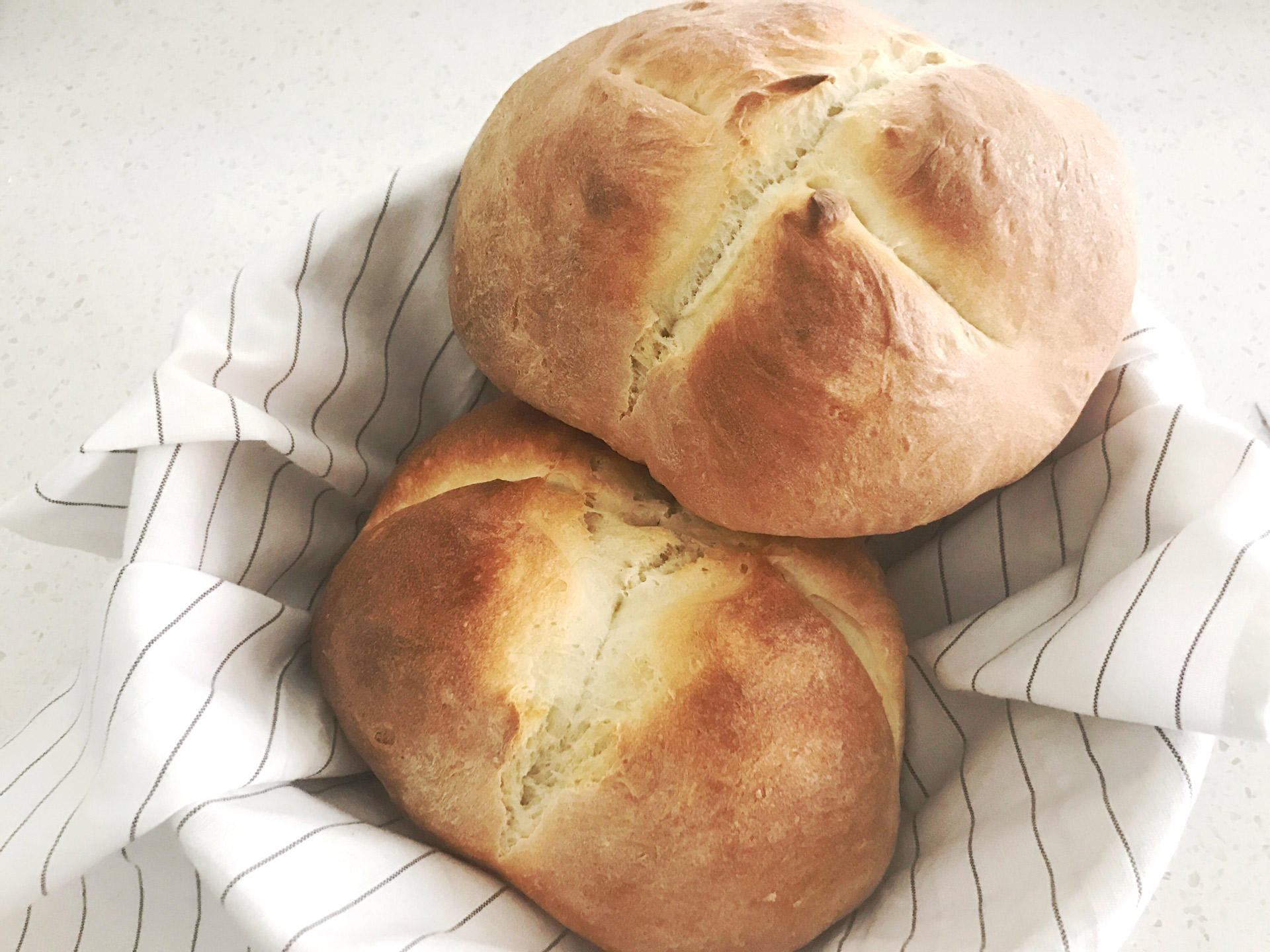
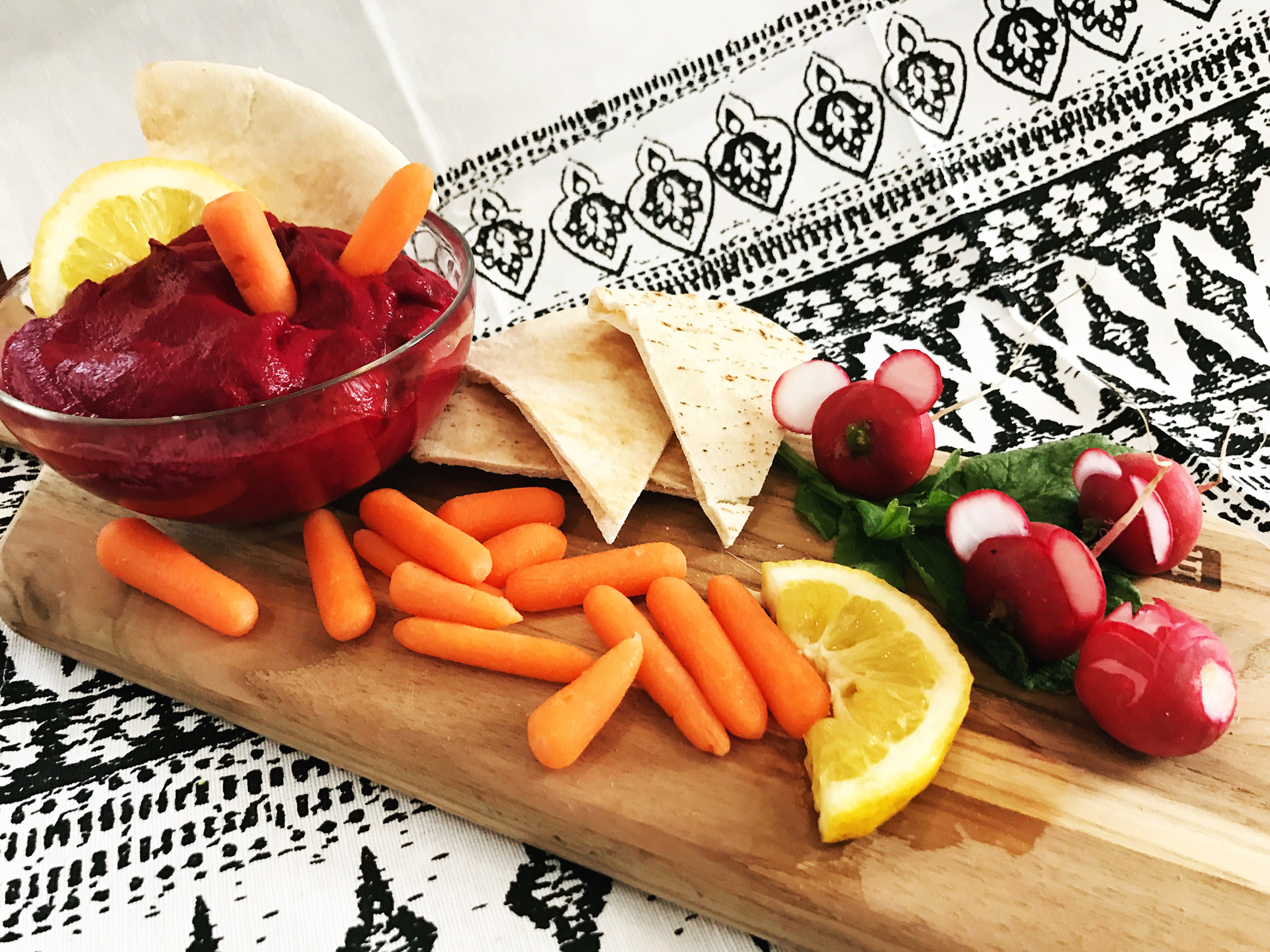
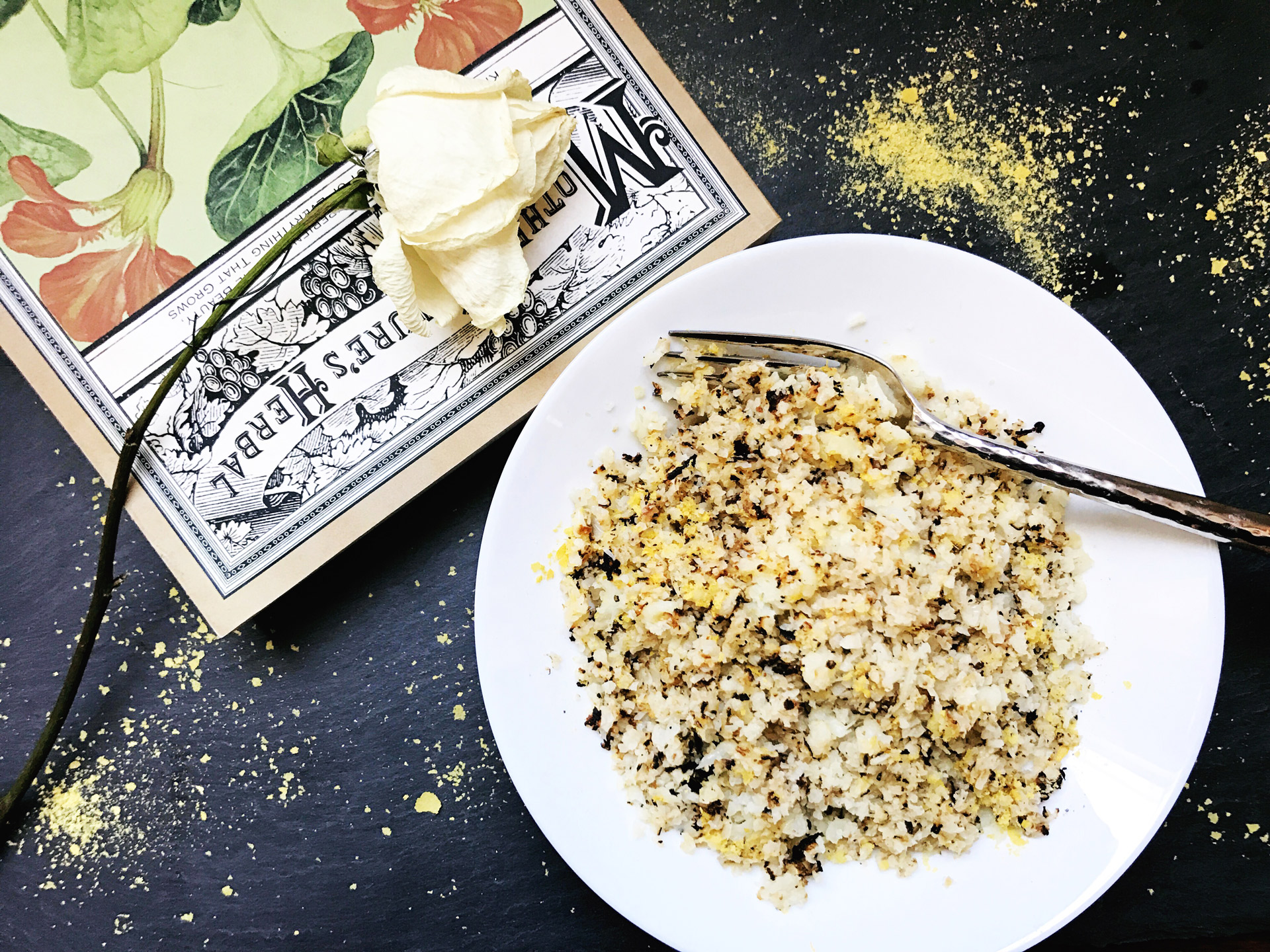
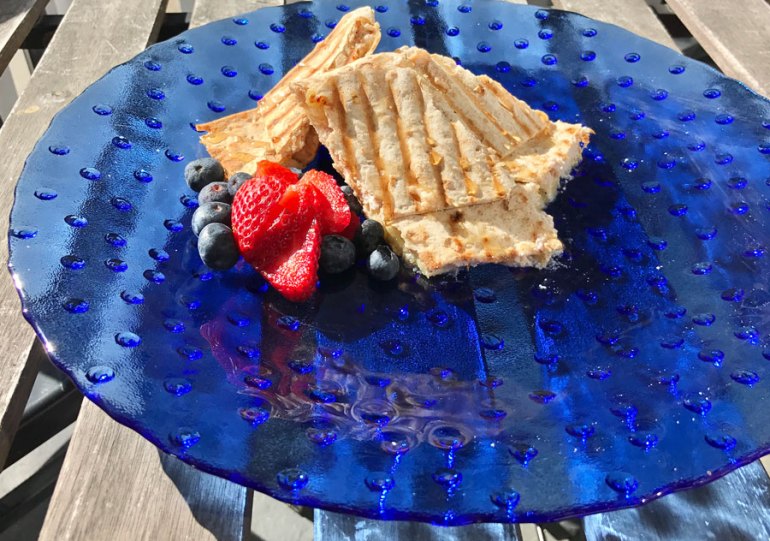
No Comments